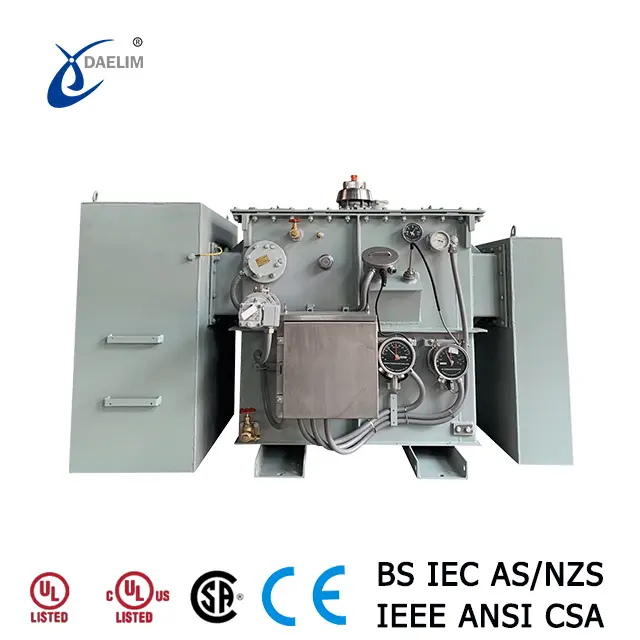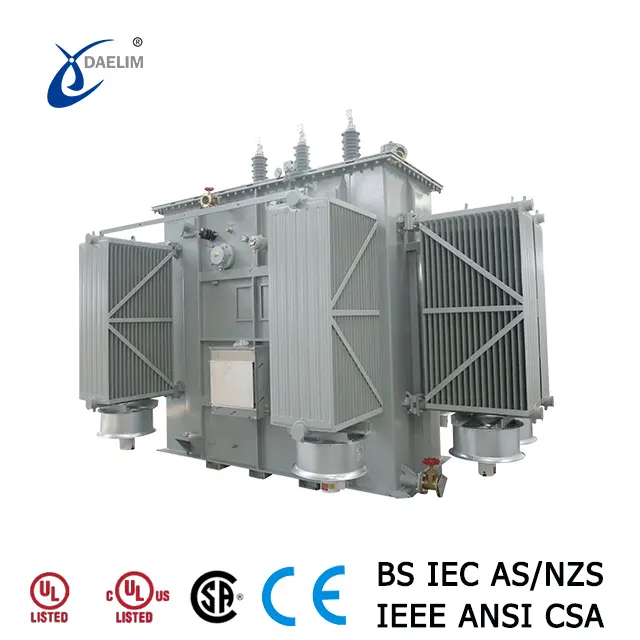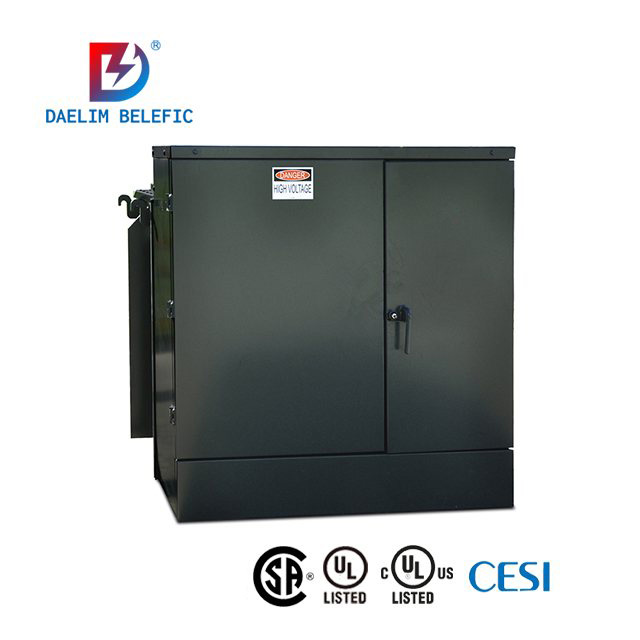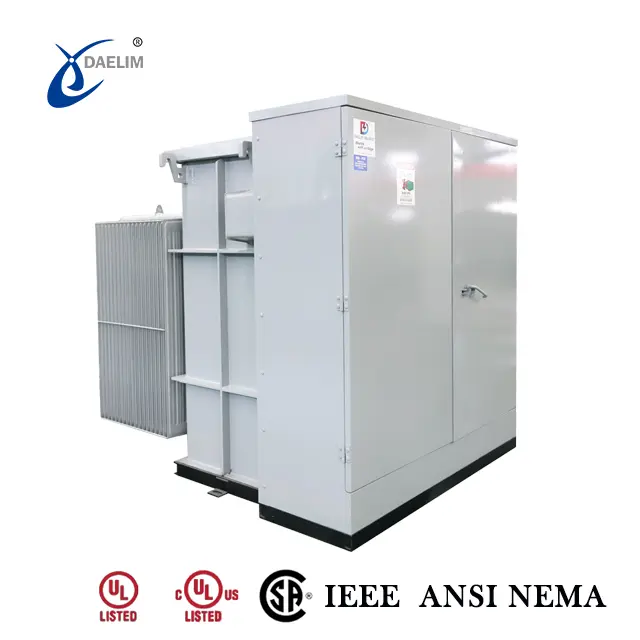Causes of Transformer Bushing Failure
This article analyzes common faults and main causes of transformer bushing failures.
Main Insulation and Inter-Turn Insulation Failure of Windings
-
Aging and Brittle Insulation: Long-term overload operation, poor heat dissipation, or extended service life can cause the insulation of transformer windings to age and become brittle, significantly reducing electrical strength.
-
Short-Circuit Shocks: Repeated short-circuit shocks can deform windings under stress, concealing insulation defects. Voltage fluctuations may then lead to insulation breakdown.
-
Water Contamination: Water ingress into transformer oil significantly reduces insulation strength, potentially causing breakdowns under allowable voltage.
-
Blocked Oil Channels: In high-voltage or low-voltage windings, expanded turnkey insulation can block oil channels, impeding heat dissipation and causing insulation to age and break down.
-
Lightning Overvoltage: Inadequate lightning protection facilities can result in insulation breakdown due to atmospheric overvoltage.
Wire Insulation Failure
Transformer leads, supported and insulated by the bushing, can fail due to several factors:
-
Loose Seals: A loose seal on the upper end cover of the bushing can allow water ingress, damaging the main insulation of the conductor.
-
Oil Shortage: Severe oil shortage can expose the conductor in the oil tank to air, leading to internal flashover and conductor failure.
Core Insulation Failure
The transformer core, made of silicon steel sheets with insulating paint film, can fail due to:
-
Damaged Insulating Paint Film: Poor tightening of silicon steel sheets can damage the paint film, generating eddy currents and local overheating.
-
Damaged Insulation Layer: If the insulation layer of core clamping screws or pressure irons is damaged, overheating occurs.
-
Foreign Materials: Iron filings or welding slag in the transformer can cause grounding at multiple points, leading to core failure.
Transformer Bushing Flashover Explosion
Capacitor bushings, typically used on high-voltage sides (110kV and above), can fail due to:
-
Defects: Sand eyes or cracks in porcelain, manufacturing defects in the capacitor core, or internal free discharge.
-
Oil Leakage: Poor bushing sealing and severe scaling can cause oil leakage, flashover, and explosion.
Tap Changer Failure
Tap changers, common faulty parts of transformers, can fail for several reasons:
-
No-Load Tap Changer: Long-term pressure contact, insufficient spring pressure, uneven roller pressure, and worn silver plating on contact parts can cause heat damage. Poor contact, connection, or welding can lead to short-circuit current impact and failure.
-
On-Load Tap Changer: If the tap changer oil tank is not connected to the transformer oil tank and is short of oil, a short-circuit fault during switching can cause burn-out. Incomplete vacuum extraction during casing overhaul can leave residual air, leading to partial discharge and insulation breakdown.
These maintenance points ensure safe, reliable, and efficient transformer operation, minimizing the risk of faults and extending service life. For more information on transformers, please contact Daelim Transformer.
Related Products
Related Article
Comprehensive Analysis of Large Transformer Faults by Gas Chromatography
Gas chromatography analyzes dissolved gases in transformer oil to diagnose faults, ensuring safe operation. It detects early issues undetectable by standard tests, though it must be combined with electrical tests for comprehensive and accurate fault identification.
Relationship Between Dissolved Gas in Oil and Transformer Faults
Transformer oil serves as insulation and cooling. Faults cause chemical decomposition, producing gases. Analyzing dissolved gases in the oil helps determine fault presence, nature, and severity. Key gases include CH4, C2H6, C2H4, and C2H2, indicating different fault types and temperatures.
Precautions for Analyzing Transformer Faults by Gas Chromatography
Gas chromatography is used to analyze transformer oil for fault diagnosis by identifying dissolved gases. This method, combined with electrical tests, ensures accurate fault detection, preventing transformer damage and ensuring safe, reliable operation.
What is the difference between rectifier transformer and power transformer?
Rectifier transformers convert AC to DC for industrial applications like electrolysis and smelting. Power transformers supply AC to power systems. They differ significantly in function, usage, output voltage, and design and manufacturing aspects.
Differences Between Dry Transformers and Oil Immersed Transformers
Dry transformers are used indoors for fire safety, have visible coils, resin insulation, and are costlier. Oil immersed transformers are outdoor units, use oil for cooling and insulation, handle higher capacities, and are more cost-effective.
What are the maintenance points for transformer operation?
To ensure safe transformer operation, monitor allowable temperature, temperature rise, and voltage regulation. Maintain power load at 75-90% of rated capacity. Manage overload conditions carefully. These practices prevent faults, prolonging transformer service life.






